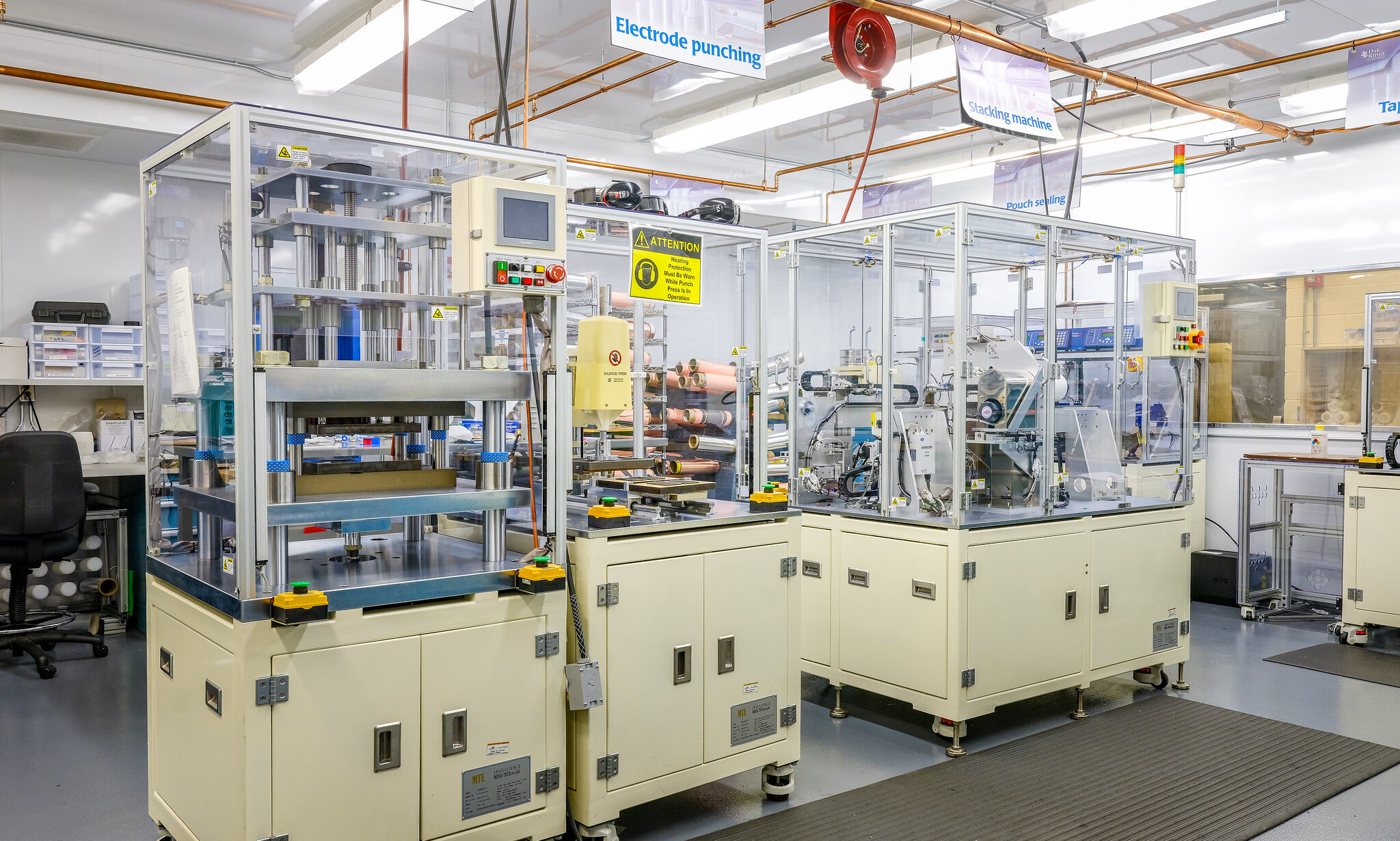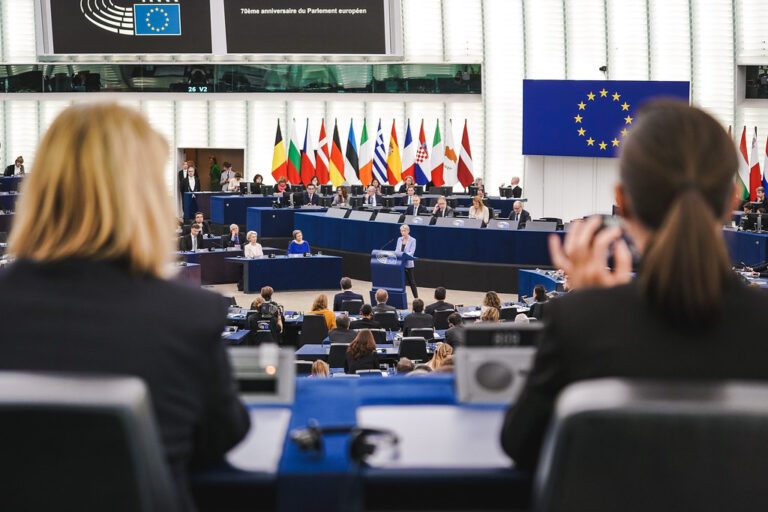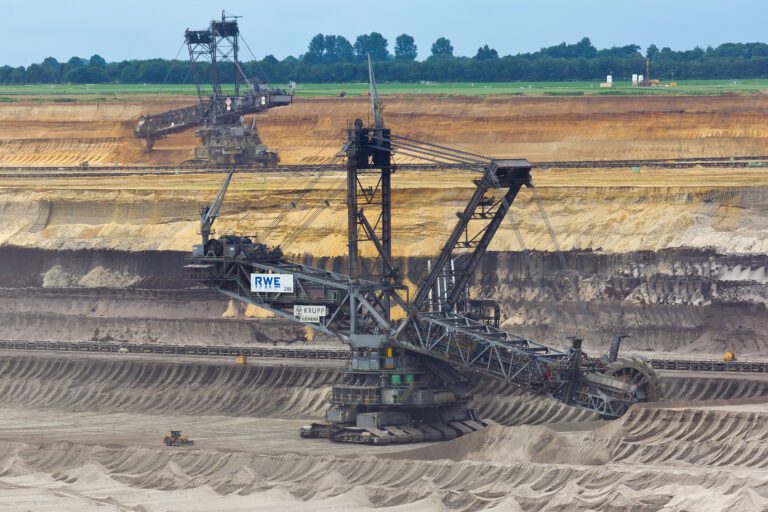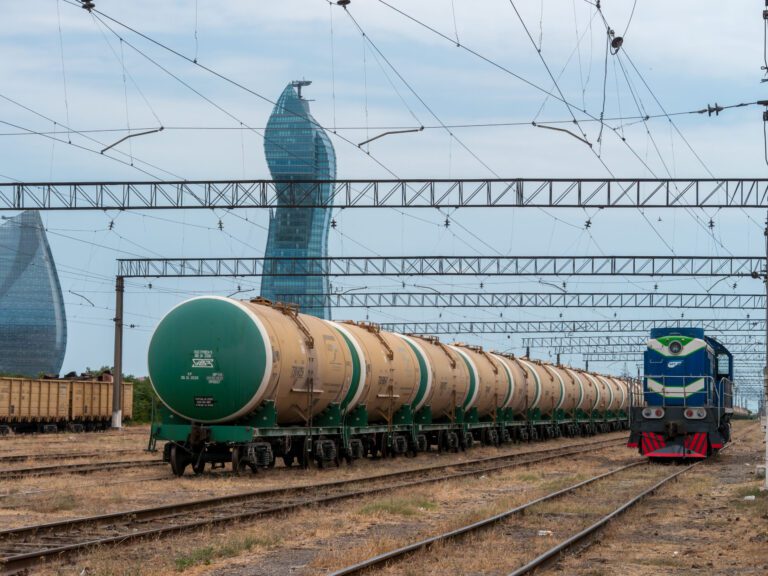
In recent years, Central and Eastern European (CEE) countries – in particular Hungary and Slovakia – have become major recipients of Chinese EV investments. While EV assembly is underway (currently by Volvo/Geely and BYD, with more likely to follow), investments in the battery sector are more substantial. Companies like CATL, Gotion, Semcorp, Sunwoda, Huayou Cobalt, and EVE Power are just a few on the list of those that aim to penetrate the European market by supplying European EV manufacturers with batteries produced in CEE.
Chinese firms have selected this region to leverage their existing operations in Western Europe and enhance their footprint in the broader European market. In this sense, the export-oriented nature of Chinese EV projects is evident. To keep the Chinese EV presence in Europe under control, the EU has recently proposed and enacted a number of protectionist trade policy tools.
Europe’s Strategic Dilemma: Competing with China
Numerous arguments have been put forward against Chinese battery investments. One such argument is that although Chinese batteries seem to be well positioned to support the EU’s climate objectives, the production process could harm the local environment by polluting water, air, and soil. Another frequently cited concern is that most CEE countries hosting these Chinese EV projects lack the necessary resources such as raw materials, energy, water, and available labor. A further point relates to EU-wide concerns: while Chinese EV battery investments might reinforce the CEE region’s role in the EV value chain in the short and medium term, they have controversial effects in the long term.
The EU’s priority is to develop batteries produced in Europe. However, there are several risks threatening the development of an indigenous European value chain. For one, in addition to a lack of expertise, the procurement of raw materials faces a significant hurdle – by 2030, these factories will need around 490 kt LCE (lithium carbonate equivalent) per year to meet European demand. Another major risk is the intense global competition in the battery industry, particularly from China, as Chinese companies have more than two decades of experience and do not suffer from the lack of expertise and raw materials. As such, China’s dominance in the EV and battery sectors – including control over manufacturing across all stages of the value chain – is the major risk facing the European automotive industry.
As noted by European Commission President Ursula von der Leyen during a recent press conference: “Neither making EVs more expensive nor creating new dependencies is a solution here.” To this end, the European Commission has introduced an industrial Action Plan for the automotive sector. This signals a pragmatic turn aimed at regaining the leadership position in the industry through increased financial support, stronger protection of domestic industries, and a new level of industrial policy interventions. Regarding batteries, the Action Plan outlines measures such as funding support for battery manufacturing under the Innovation Fund, plans to explore EU-backed production support for battery producers within the EU, and European content requirements. While subsidies and production support – no matter how generous – will not yield immediate results, local content requirements (LCRs) seem suitable for this purpose at first glance.
Local Content Requirements: Promises and Pitfalls
LCRs are a type of protectionist mechanism that aims to shield the local industries from the negative effects of international trade. They may include requirements to purchase a certain percentage of domestic goods (such as the “Buy American” act), local production requirements (mandating a certain number of materials, components, etc., must be produced in the country where the final product is sold), requirements to provide services using local facilities or infrastructure, and conditions related to business activities like technology transfer. While these mechanisms have long been used in developing economies, they are less common in developed economies and even less so in the EU. Moreover, since the Action Plan does not contain any specifics about the LCRs the Commission might introduce – only an indication of intent – we can only speculate what to expect.
In the case of batteries, the EU essentially holds two bargaining chips: access to its large single market and EU level or national subsidies. For Chinese EV battery companies already operating in the EU, subsidies – or funding from the EU’s Innovation Fund – could be made conditional on the local production of battery components, such as battery cells, foils, and cathodes. The battery component manufacturing is already underway in the CEE region, with Hungary alone having attracted several such Chinese investments in recent years. Support could also be provided for locally sourced materials, recycling, or the involvement of local suppliers. The key issue here is defining the percentage of local content: if set too high, compliance will be impossible (especially given that the raw materials needed for battery production are available to a limited extent within the EU); if set too low, however, it risks being easily circumvented.
Way Forward: Designing Effective Investment and Content Rules
For future investors in the battery sector, rules on foreign investment should clearly stipulate that foreign-owned battery factories must meet similar LCRs to operate within the EU or avoid potential tariffs. During investment negotiations, encouraging joint ventures – a form of cooperation between Chinese and local companies – should be a priority, as this would also facilitate technology transfer. However, Chinese companies are generally reluctant to enter such arrangements, meaning strong incentives will be needed to secure their cooperation.
At the same time, the EU must prepare for the side effects that typically accompany LCRs. As all protectionist trade policies, LCRs can limit competition, making the green transition more expensive while further dampening the already slowing EV demand. Final consumers and businesses may be forced to reallocate resources from other areas to afford more expensive EVs. Over time, LCRs could therefore reduce competition, stifle innovation, and narrow product choices in the domestic market – further amplifying their negative effects.
Since the LCRs are still being developed and will take time to implement, Chinese battery companies currently operating in CEE are unlikely to be impacted soon. In the long run, however, as European innovation advances and local content policies grow stricter, Chinese-owned or invested factories in Europe may become a liability.
Written by
Ágnes Szunomár
Ágnes Szunomár is an Associate Professor at the Institute of Global Studies, Corvinus University of Budapest, and a Senior Research Fellow at the Institute of World Economics, HUN-REN Centre for Economic and Regional Studies, Hungary. She is also a CHOICE Fellow for Visegrád countries.


